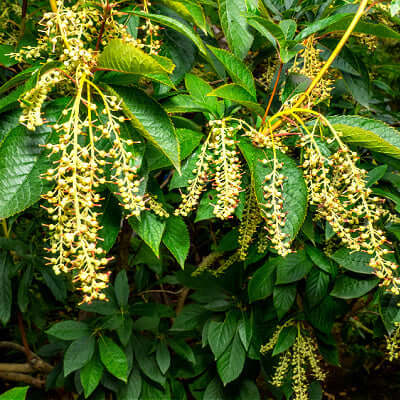
The Sourwood Tree
Share
A Sourwood tree is a deciduous flowering. It has a straight trunk, dark green leaves, and white blooms in the summer. Its leaves turn red in autumn.How Do You Take Care Of Sourwood Trees?Plant your tree where it will receive enough sun. Also, maintain healthy soil around the roots of our tree by adding compost and mulch.How Much Sunlight Can Sourwood Trees Take?These trees love sunlight. They grow best in full sun and partial shade as well.Do Sourwood Trees Back Up Every Year?Yes. Its roots are profound and comprehensive, which means they have a lot of space to absorb water.What Does A Sourwood Tree Look Like?The tree is medium-sized. It has a rounded, spreading crown with an upright trunk. The bark is thin and scaly and can be smooth or ridged. The leaves alternate on the branches and have different stomata.
Where Can Sourwood Tree Grow
Sourwood can be grown in almost any soil type, but it is particularly well adapted to sandy soils. The tree prefers a pH of 5.0 or above. Its temperature range of -16 to 42°C in USDA zones 5-9.What Are The Environments In Which Sourwood TreesGrow?The tree prefers acidic, well-drained soil with lots of organic matter. Soil types can either be sandy, loamy, or clay.Are Sourwood Trees Toxic?Sourwood trees are not toxic. They contain chemical compounds called tannins, which give them their characteristic sour flavor.
How Do You Grow A Sourwood Tree
Plant the tree in spring or fall as long as the soil is moist.How Do You Care For A Sourwood Tree?They require little maintenance. Water it during dry spells. Keep the tree healthy by avoiding unnecessary trimming and letting it grow naturally.
